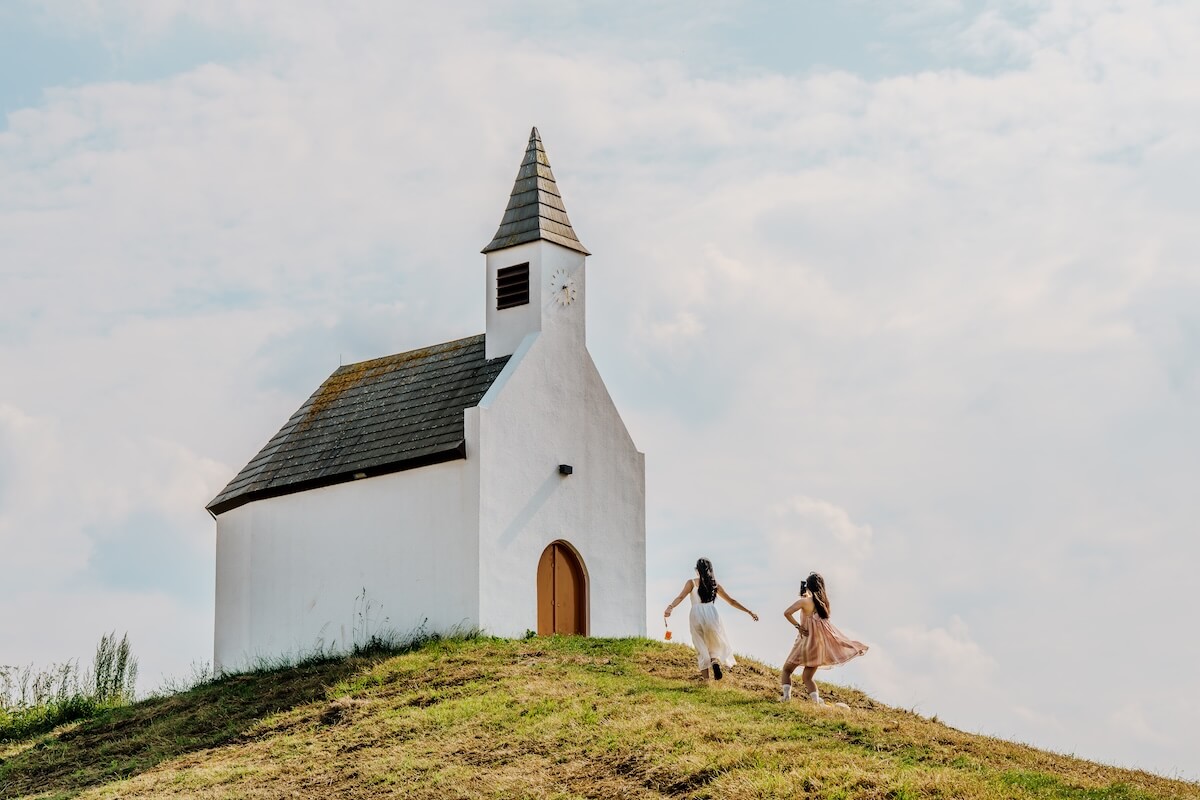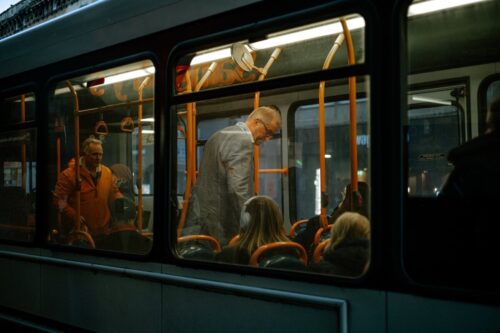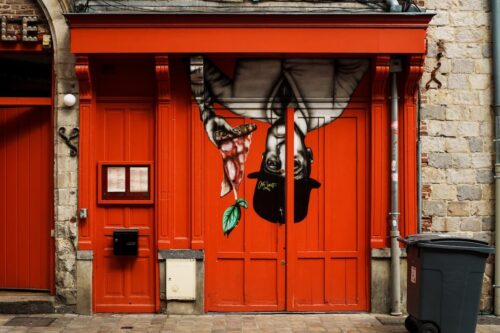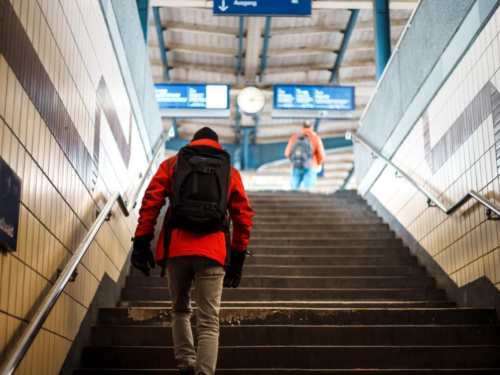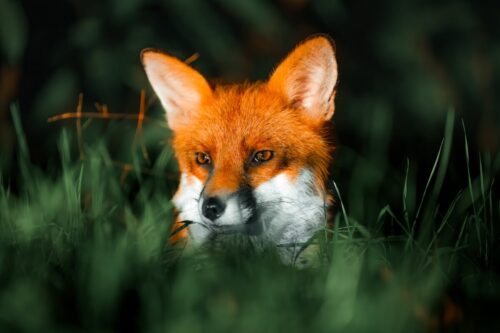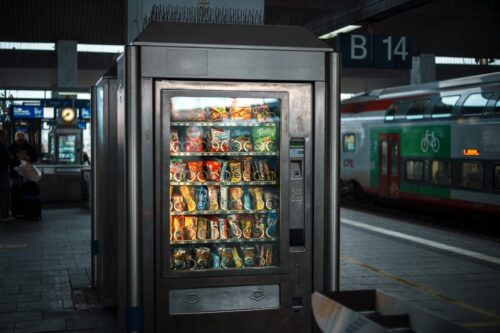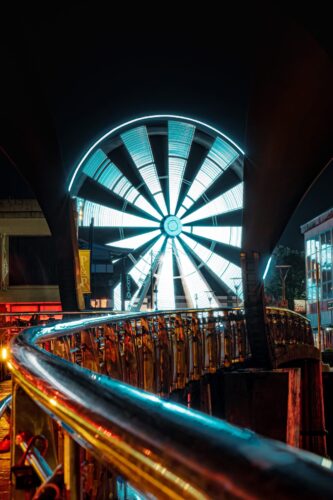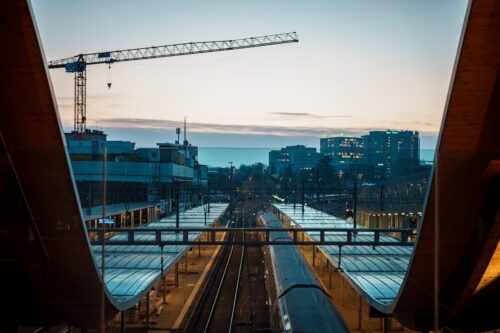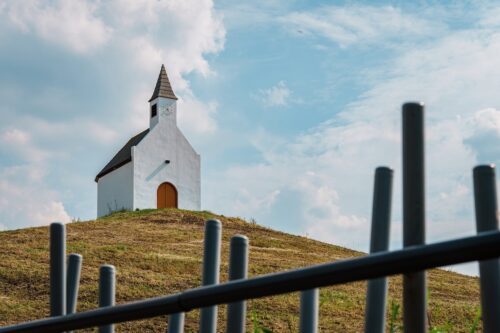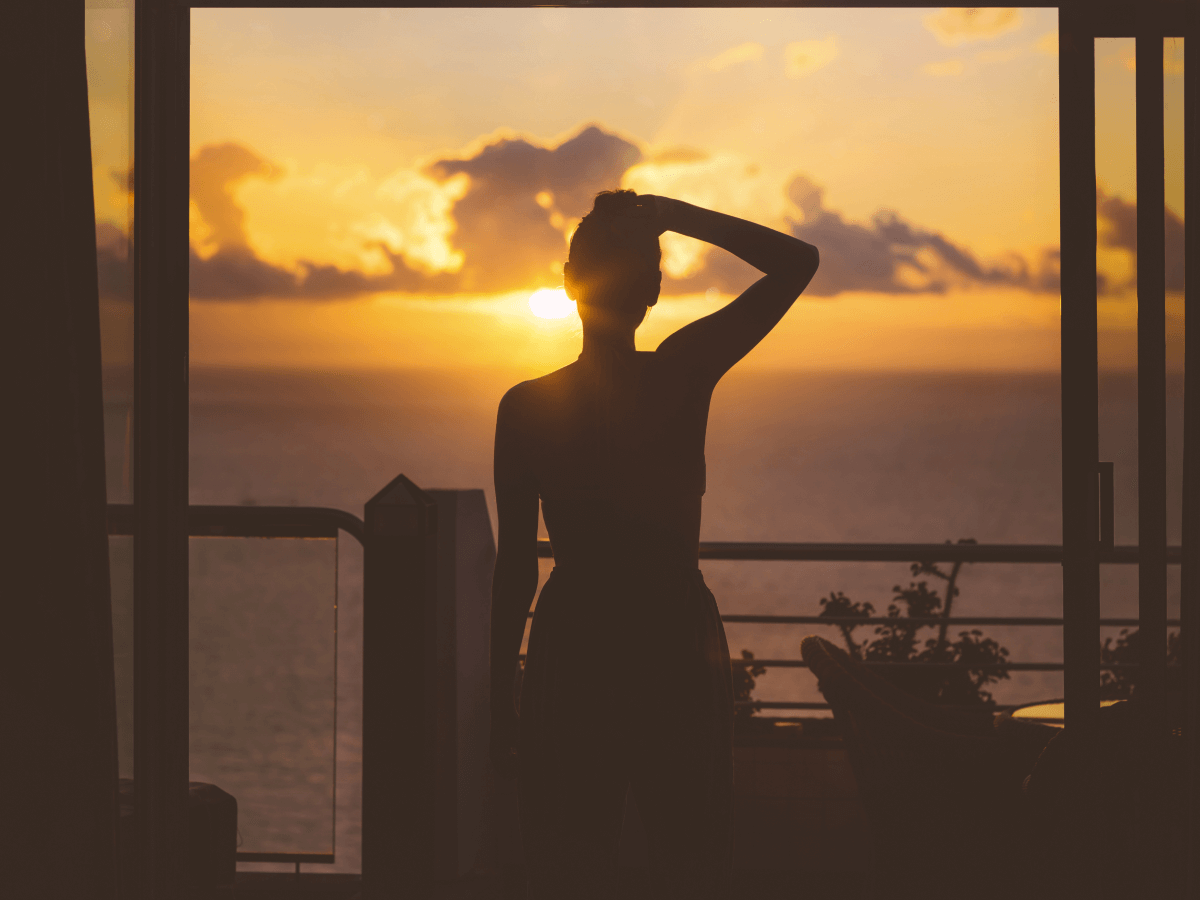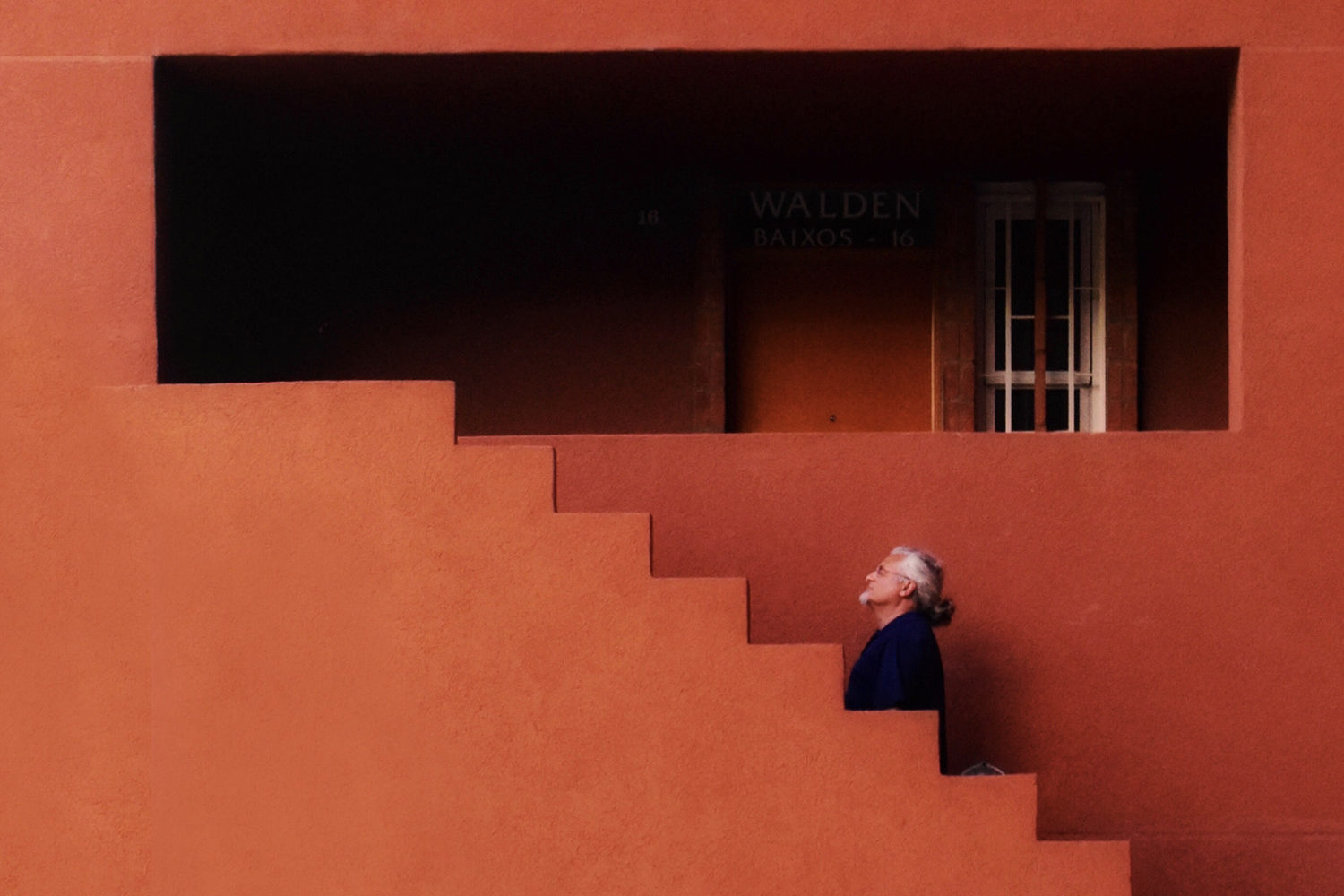The 500px Photographer Spotlight invites you to dive into the minds and methods of the incredible photographers who shape our community. Discover the unique journeys, creative insights, and inspiring stories behind the stunning photos we love.
Sirun Tang is an award-winning photographer and colorist based in Bristol, with a talent for turning everyday moments, architecture design, and the vibrant interplay of colors all around us into something cinematic and surreal. We caught up with Sirun to learn more about their creative process, inspiration, and what goes into crafting such striking visuals.
Sirun, how did you first get into photography, and how has your passion evolved over time?
My passion for photography began with capturing starry skies, atmospheric landscapes, and uncovering beauty in everyday scenes. Initially intrigued by the technical challenges of astrophotography, I soon realised that photography was more than just capturing stars, but also about expressing deeper emotions and perspectives.
Studying filmmaking further shaped my approach, teaching me the art of storytelling through thoughtful composition, precise lighting, and evocative use of colour.
Today, photography is my medium for exploring and revealing the subtle, overlooked narratives hidden within everyday moments. Ultimately, photography has evolved beyond a passion and become a fundamental part of my lifestyle.
Can you share an instance where a “mistake” during a photoshoot actually turned into a major breakthrough or a cool new discovery?
In the summer of 2022, I was photographing a sunrise on the coast of Xiamen, China. While I intended to capture the sunrise itself, I accidentally captured a wave shaped remarkably like a galloping horse crossing the shore. It was a completely unplanned yet powerful moment.
What lessons have you learned from your earliest photos that still apply today?
“Observe and wait for the right moment, rather than pressing the shutter hastily.”
Anticipation and observation are key to capturing powerful street photography. I’ve learned to first carefully observe through the viewfinder, waiting for just the right instant to unfold. Imagine the Master of Photography, what goes through their minds before pressing the shutter?
Glimpses of Bristol – A Sunset Commute: Captured at Bristol station, after taking several shots, I caught the perfect moment when the subject’s face was illuminated from within the bus.
Sunset Stroll – The Hague’s Modern Pathways: Taken outside The Hague Central Station, where sunlight dramatically illuminated pedestrians’ faces.
Bicycle City Rhythms – Amsterdam in Motion: Amsterdam’s city centre, where bicycles create an endless rhythm, connecting visually with the distant church.
What books, films, or albums have significantly influenced your approach to visual storytelling, shaping your artistic vision and techniques?
Alfonso Cuarón’s Roma has profoundly influenced my approach to composition and lighting. The film’s static framing and subtle use of natural light have shown me the emotional depth inherent in everyday scenes.
In my photography, I often seek out quiet yet evocative moments—soft sunlight on cobblestone streets, architectural symmetry under vast skies, or warm lights reflected on still water. Such scenes invite viewers to pause, reflect, and connect deeply with everyday life’s subtle beauty.
Has a fresh perspective ever changed an old idea for you? How so, and what was the impact of that shift in thinking?
I frequently revisit my past work and discover new interpretations. Sometimes, revisiting a single image changes my perspective and impacts the entire series, leading me to update the project as a whole. I save images that resonate strongly with me locally, ready to showcase them when future projects or exhibitions arise.
What role does planning play in your shoots, and how much do you leave open to spontaneity?
Planning plays an essential role when shooting landscapes and portraits, ensuring efficiency and high-quality results. However, my most moving photographs often emerge spontaneously—a sudden beam of light, an unplanned gesture by a passerby, or a fleeting atmosphere. Preparation enables me to be at the right place and ready, but remaining open allows me to truly capture the essence of the moment.
Are there any camera techniques or settings you wish you had mastered sooner?
I wish I had embraced shooting in Manual mode sooner, paired effectively with light metering. Manual mode truly teaches you the essence of photography—the interplay of aperture, shutter speed, and ISO. Light metering in Manual isn’t merely a reference; it’s essential for quickly judging exposure in challenging conditions, helping me consciously decide whether to capture natural accuracy or deliberately break away from standard exposure for artistic effect. This confidence and control develop only through constant practice.
What’s something you wish more people knew about being a photographer?
I hope more people realise that photographers do more than just press a shutter—we tell stories through images. Behind every impactful photograph lie countless hours of waiting, observing, contemplating, and meticulous post-processing. Photography isn’t merely about capturing what’s visible; it’s about expressing the hidden narrative and emotion of every captured moment.
What’s in your camera bag that no one would expect?
I always carry a small notebook containing pre-researched locations, promising shooting angles, and important considerations, such as areas requiring heightened awareness of privacy or special preparations due to weather conditions. This notebook keeps me organised yet flexible during urban explorations.
Where do you see the future of photography heading?
Undoubtedly, technology will continue making photography more accessible and efficient. Yet, the true distinction of photographers will remain their cultivated aesthetic judgment and the thoughtful time invested into each photo. Social platforms overflow with visually appealing images, but truly meaningful photographs, the ones you revisit, reflect patience, profound perspectives, and authentic human connections. Technology can capture an image, but it cannot replace the genuine connection between humans and the world.
The future of photography lies not in technology alone, but in photographers who continue to explore deeper significance and emotional connections through their craft.
Thank you for joining us Sirun. Is there a recent shoot or project you would like to share or promote?
Urban Echoes is an ongoing photographic journey exploring Europe’s vibrant cities. Through careful observation of architecture, streetscapes, and candid everyday moments, this project reveals the unique rhythms and moods hidden in each city’s details.
Whether it’s the fleeting golden hour in Rotterdam, the quiet symphony of twilight in Bern, or the poetic reflections in Amsterdam’s canals, each photograph aims to capture the essence and personality of urban life in a subtle yet meaningful way.
Extended reading: 10 up-and-coming photographers on 500px to watch out for on World Photography Day

